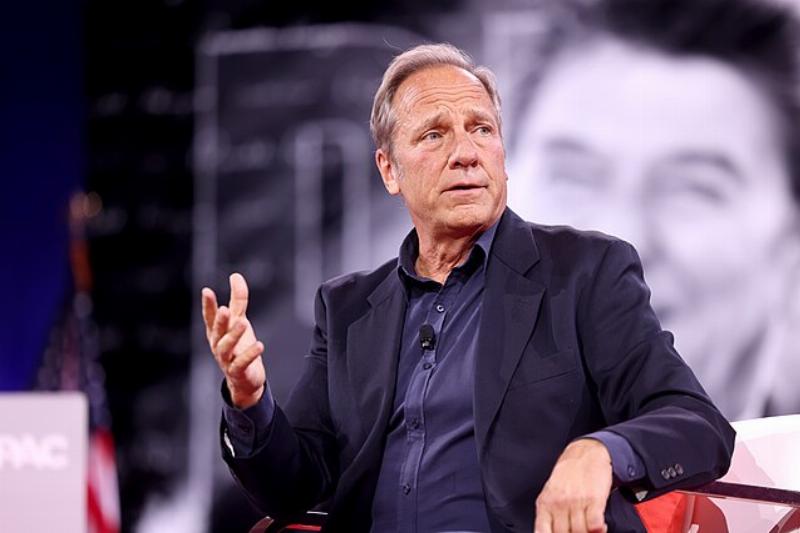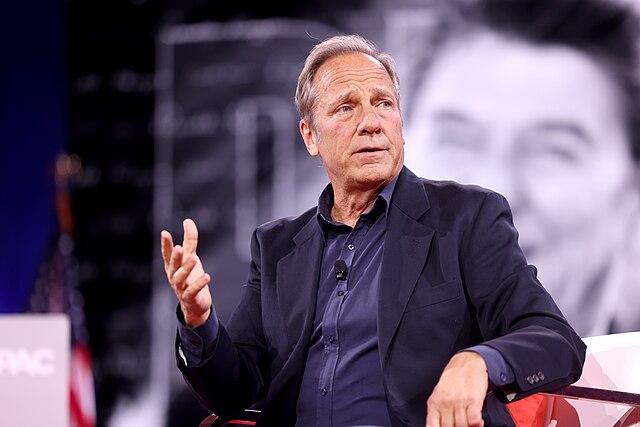


The criticisms of our universities seem endless: charges of antisemitism; exorbitant student fees leading to lifetime debt; ridiculous programs with no practical use; the list goes on. While the Ivies continue to flex their muscles with the Trump administration, very little has changed. The schools insist that they have no responsibility to the people whose money they receive through taxes, and they should be allowed to function unencumbered. Gradually, however, potential post-high school students are showing they are smarter than those who think they are superior to them.
The celebrated option is the trade school.
We have been talking about the value and benefits of trade schools for years. Ten years ago, our current Secretary of State Marco Rubio praised the value of these schools, because they were filling a need in the United States:
Why did we stop doing vocational education in America, people that can work with their hands; people you can train to do this work while they’re still in high school so they can graduate ready to go work? What’s happening is some of these tech companies are taking centers to Canada because they can get people to go over there instead of here. The ideal scenario is to train Americans to do the work so we don’t have to rely on people from abroad.
Beyond the benefits to this country, the students themselves are beginning to realize the opportunities of trade schools:
- Trade School enrollment growth is projected to accelerate 6.6% annually through 2030, significantly faster than all higher education enrollment growth.
- Trade school enrollment is underreported and is actually 4.3 million students.
- Trade school public valuations skyrocketed 49.8% from Jan 2024 to Jan 2025.
- Beauty & Wellness schools are a $2.2 billion market, representing 13% of the trade school market, and are projected to grow at 4.8% annually.
The advantages of trade schools far exceed those of a university education. Besides graduating more quickly than attending a four-year college, students generally incur less debt. They will likely enter the workforce shortly after completing their schooling. They can identify those fields that are most likely in demand, and tailor their curriculum accordingly. Courses that are extraneous to their primary field will not be required.
One article cautioned potential students, however, that not all trade schools are equal. It’s important to know the right questions to ask.
Since the pandemic, the popularity of trade schools continues to grow:
Fall enrollment and market revenue is expected to grow by at least 6% though [sic] 2030. On the other hand, the broader higher education field is only expected to grow at 0.8%. This might be driven by the fact that 82% of high school career counselors expect demand for ‘career’ education to continue growing faster than demand for ‘traditional’ higher education.
Interest is particularly high out west. Here is a breakdown of enrollment growth by state from 2019 to 2023:
- Utah: 16.4%
- California: 19.4%
- Arizona: 27.8%
- Nevada: 33.2%
One man who has been promoting trade schools for years is Mike Rowe, the star of the TV show Dirty Jobs. He describes accurately and honestly the problem in this country on his website:
America has become slowly but undeniably disconnected from the most fundamental elements of civilization—food, energy, education, and the very nature of work itself. Over the last 30 years, America has convinced itself that the best path for the most people is an expensive, four-year degree. Pop culture has glorified the ‘corner office job’ while unintentionally belittling the jobs that helped build the corner office. As a result, our society has devalued any other path to success and happiness. Community colleges, trade schools, and apprenticeship programs are labeled as ‘alternative.’ … And the effects of this one-two punch have laid the foundation for a widening skills gap and massive student loan debt.
Today, the skills gap is wider than it’s ever been. The cost of college tuition has soared faster than the cost of food, energy, real estate, and health care. Student loan debt is the second highest consumer debt category in the United States with more than 45 million borrowers who collectively owe more than $1.7 trillion. According to the Bureau of Labor Statistics, there are more than 7.6 million jobs available across the country, the majority of which don’t require a four-year degree. And still, we talk about millions of ‘shovel ready’ jobs for a society that doesn’t encourage people to pick up a shovel. We keep lending money we don’t have to people who can’t pay it back for jobs that don’t exist. Bit by bit, our culture reaffirms the misguided belief that a career in the skilled trades shouldn’t be desired. And that lack of enthusiasm has reshaped our expectations of a ‘good job’ into something that no longer resembles work.
Mike Rowe is passionately leading people who want to work in the right direction. We need to promote the idea of trade schools to inspire people to join, or even rejoin the work force.

Image: Gage Skidmore from Surprise, AZ, United States of America, CC BY-SA 2.0, via Wikimedia Commons, unaltered.
